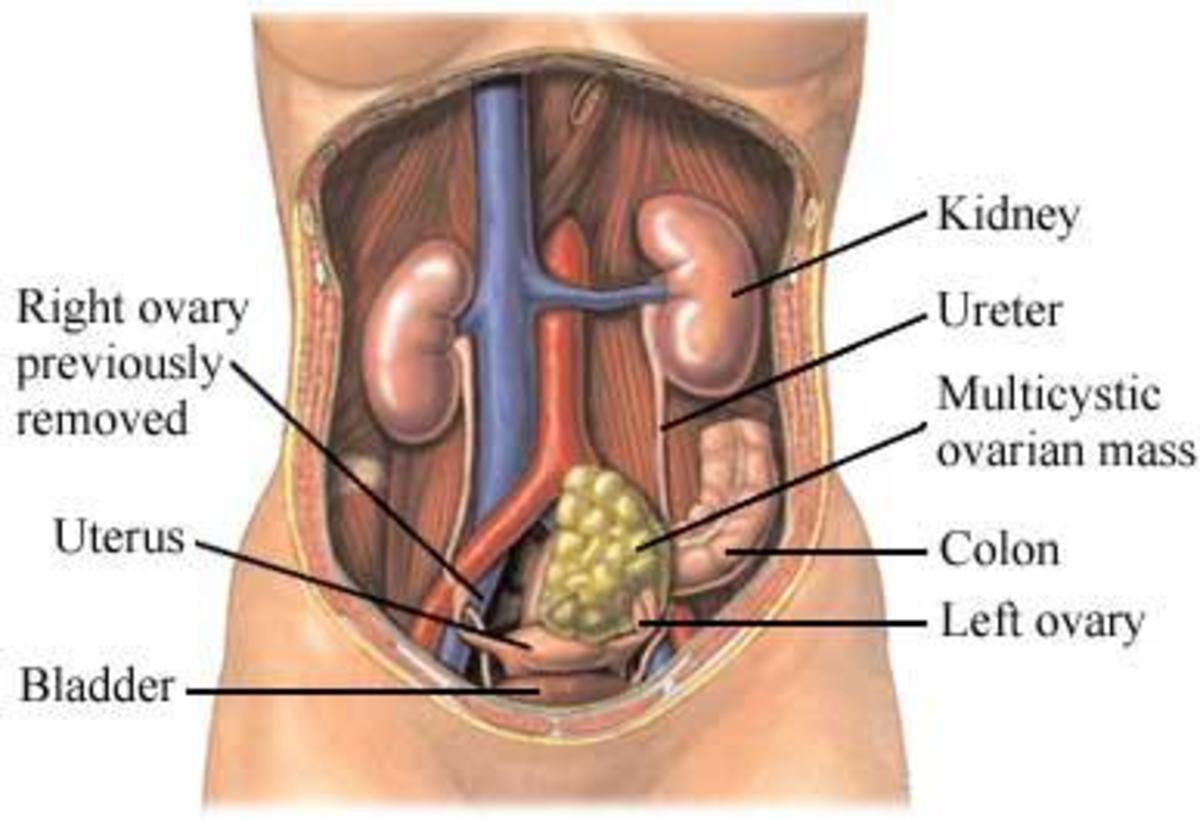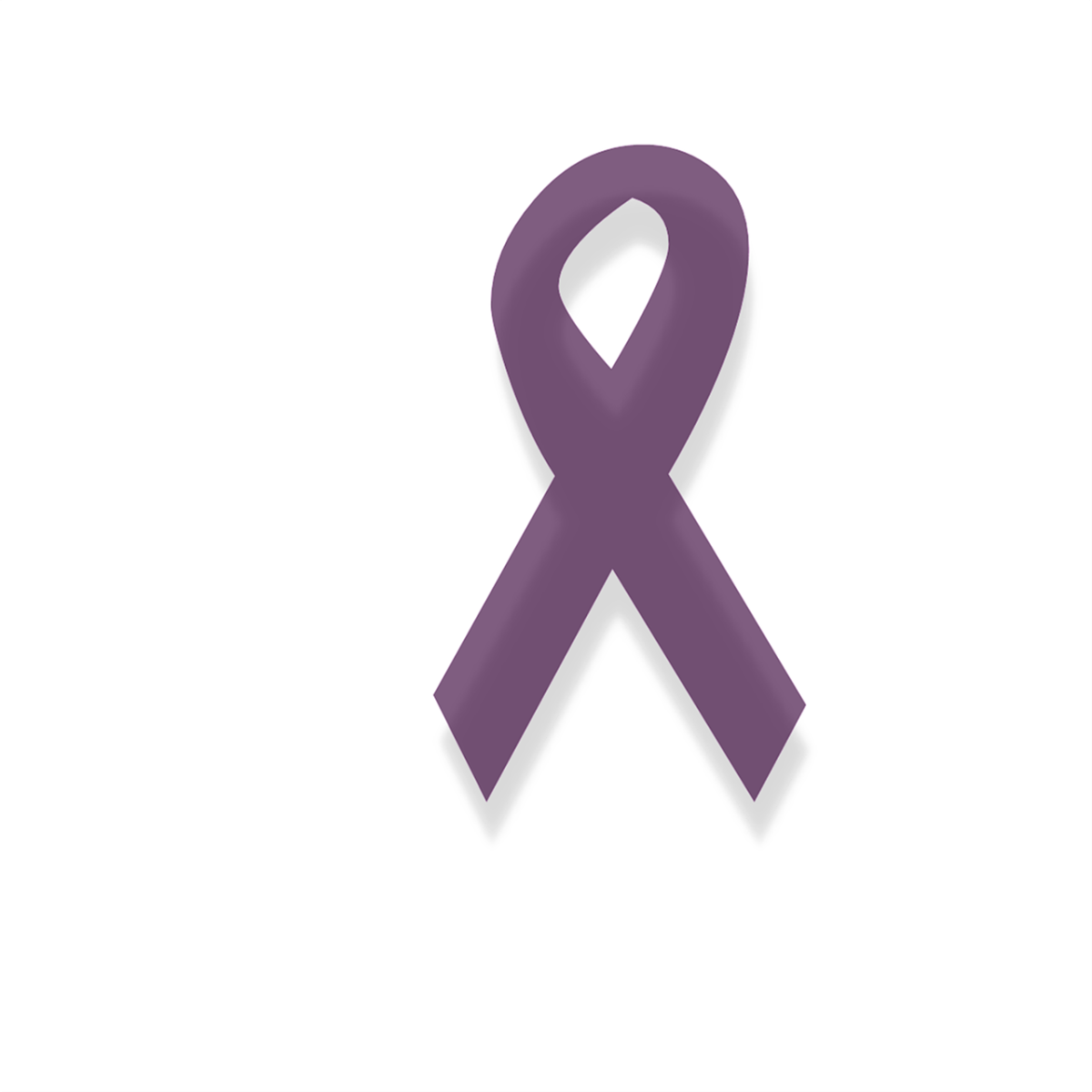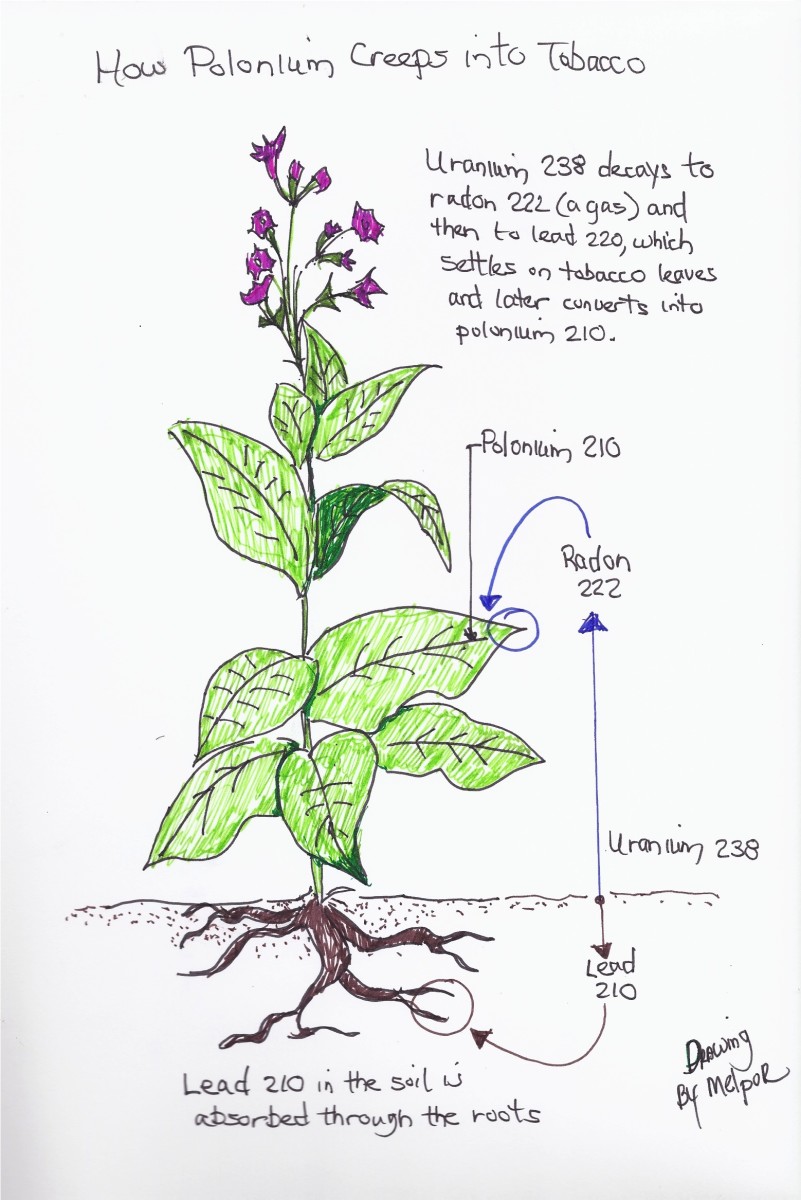Why Palliative Care Can Benefit Any Cancer Patient
What is Palliative Care?
Palliative care is defined as treatment that is not intended to cure the disease, but to fight the symptoms and side effects of either the disease or the treatment. Often, people who are said to be receiving palliative care are people who are no longer, or never were aggressively fighting their cancer with the goal of killing it or putting it in remission. However, aggressive treatment can also come with side effects and symptoms of its own, along with the disease itself when it is active. Therefore, palliative care should not be overlooked in its importance in conjunction with the aggressive therapy.
Why is Palliative Care so Important?
Quality of life can be a big factor in a person's will to fight a cancer diagnosis. There are people that have begun aggressive treatment only to stop it shortly after because they believe the therapy is making them sicker than the disease and is not helping them at all. There are others that believe that the chemotherapy and/or radiation they are receiving might be working, but they are not optimistic enough about their chances of long term survival, and they determine that the side effects are not worth the fight. If most of the pain is due to the cancer and not the drugs, they need a reason to believe their quality of life will improve if they are to survive long term. If a person judges that surviving long term is not worth the amount of pain that they are going through, they may stop treatment.
Palliative care can often accomplish far more than just pain relief. It can reduce fatigue, improve physical and mental functionality, and lift up a patient's spirit, and therefore, will to fight. The fact that in several cases it has been shown to extend life indicates that the gameness of the patient is a factor in survival. The subsequent sections will cover types of palliative care.
Drugs
Of course, one of the most widely used methods of palliative care involve painkilling drugs. There are a plethora of types of painkillers, however the most common family used in palliative cancer care are the opioids.
Opioids are different from opiates in that the latter are in the alkaloid group of compounds, while the former are non-alkaloid. They have been used since prehistoric times and are among the oldest known therapeutic compouds.
The body contains opioid receptors in the GI tract and the nervous system. Examples of these are adrenomorphins, amidomorphins, casomorphins, endomorphins, and morphiceptins. That is not the complete list. Opioid molecules work by binding themselves to these receptors, and this has an effect of decreasing the body's ability to feel pain, and can also induce feelings of euphoria.
Opioids have the same potential dangers of opiates, such as respiratory depression, addiction dependence, withdrawal symptoms if the use is ceased immediately, sedation, and constipation. Therefore, it is important for the doctor to correctly dose the patient, and equally important for the patient to closely follow the dosing prescription.
Some other drugs used in palliative care for cancer are NSAIDs, corticosteroids, antidepressants, anticonvulsants, bisphosphonates, and ketamine. In some cases over the counter drugs can help, but if you are taking other prescription drugs, especially if you are receiving aggressive therapy, check with your doctor and/or pharmacist to be sure that the drug you intend on using will not negatively interact with your therapeutic drugs.
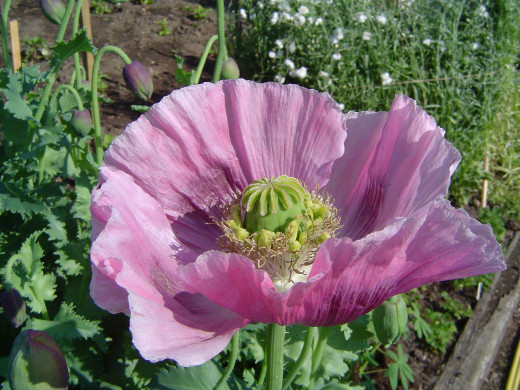
Herbal Medicine
Herbal remedies are widely used in many parts of the world as palliative care. One example is the powerful saffron. The chemotherapy drug cisplatin, known just as much for its bad side effects as its cancer fighting power, has been proven to have its negative effects reduced by the taking of saffron.
An example of a combination herbal treatment is Danggui and Panax ginseng-radix. They have displayed the ability to work together to reduce symptoms associated with breast cancer drugs.
A potential hazard to some herbs is interaction. As researchers become increasingly aware of the chemopreventive potential of many plants, it is important to make sure that the herb you intend to try or use will not interfere with the chemotherapy drug(s). Again, consult your doctor and/or pharmacist before experimenting with plant remedies.
Acupuncture
Acupuncture utilizes pressure, heat, and thin needles to make small penetrations in the skin to release what practitioners call qi, or vital energy. It is thought when vital energy is blocked, your body can be thrown out of balance and develop complications. It has been used for thousands of years in Traditional Chinese Medicine, and for about 200 years in the United States. It has been successful in reducing symptoms in cancer patients such as overall pain, nausea, dry mouth, constipation, diarrhea, insomnia, fatigue, loss of appetite, and more.
With acupuncture, there are no risks of bad interaction with therapeutic drugs. The main risk in acupuncture is cleanliness. Acupuncturists should use disposable needles when treating a patient with cancer. Patients receiving chemotherapy tend to have a compromised immune system, so an infection from a non-sterile needle can have inflated consequences.
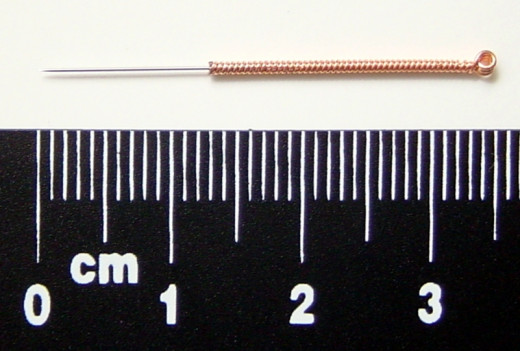
Massage
Massage, like acupuncture, has also been successful in a series of symptom relief such as anxiety, pain, insomnia, fatigue, nausea, and depression. Massage releases endorphins which has a mood improving effect on the patient. Its range of symptom control isn't quite as wide as that of acupuncture. However, it is an extremely low risk with no measurable negative side effects, with the exception of pressing on a sensitive area.




